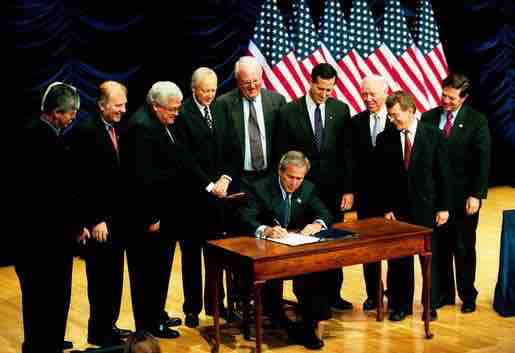Background
Abortion in the United States has been legal in every state since the 1973 Supreme Court decision Roe v. Wade. Prior to the ruling, the legality of abortion was decided by each state; it was illegal in 30 states and legal under certain cases in 20 states. Roe established that the right of personal privacy includes the abortion decision, but that this right is not unqualified, and must be considered against important state interests in regulation.
Before Roe v. Wade, abortion was legal in several areas of the country, but that decision imposed a uniform framework for state legislation on the subject, and established a minimal period during which abortion must be legal (under greater or lesser degrees of restriction throughout the pregnancy). That basic framework, modified in Casey, remains nominally in place, although the effective availability of abortion varies significantly from state to state. Abortion remains one of the most controversial topics in United States culture and politics.
Later judicial decisions
In the 1992 case of Planned Parenthood v. Casey, the Court abandoned Roe's strict trimester framework. Instead adopting the standard of undue burden for evaluating state abortion restrictions, but reemphasized the right to abortion as grounded in the general sense of liberty and privacy protected under the constitution: "Constitutional protection of the woman's decision to terminate her pregnancy derives from the Due Process Clause of the Fourteenth Amendment. It declares that no State shall "deprive any person of life, liberty, or property, without due process of law. " The controlling word in the cases before us is "liberty. "
The Supreme Court continues to grapple with cases on the subject. On April 18, 2007 it issued a ruling in the case of Gonzales v. Carhart, involving a federal law entitled the Partial-Birth Abortion Ban Act of 2003 , which President George W. Bush had signed into law. The law banned intact dilation and extraction, which opponents of abortion rights referred to as "partial-birth abortion," and stipulated that anyone breaking the law would get a prison sentence up to 2.5 years. The United States Supreme Court upheld the 2003 ban by a narrow majority of 5-4, marking the first time the Court has allowed a ban on any type of abortion since 1973. Justices Antonin Scalia, Clarence Thomas, and the two recent appointees, Samuel Alito and Chief Justice John Roberts, joined the swing vote, which came from moderate justice Anthony Kennedy.

Signing the Partial-Birth Abortion ban.
The Partial-Birth Abortion Ban Act of 2003 is a United States law prohibiting a form of late-term abortion that the Act calls "partial-birth abortion", often referred to in medical literature as intact dilation and extraction.
State-by-state legal status
Various states have passed legislation on the subject of feticide. On March 6, 2006, South Dakota Governor Mike Rounds signed into law a pro-life statute, which made performing abortions a felony, and that law was subsequently repealed in a November 7, 2006 referendum. On February 27, 2006, Mississippi's House Public Health Committee voted to approve a ban on abortion, and that bill died after the House and Senate failed to agree on compromise legislation. Several states have enacted trigger laws, which would take effect if Roe v. Wade were overturned. North Dakota HB 1572 or the Personhood of Children Act, which passed the North Dakota House of Representatives on February 18, 2009, but was later defeated in the North Dakota Senate, aimed to allocate rights to the pre-born, partially born, and if passed, would likely have been used to challenge Roe v. Wade.
Voter opposition to these ballot initiatives has proven to be far stronger than the support, despite the fact that American citizens poll as being much more evenly divided on the issue of abortion. Other states are considering personhood amendments banning abortion, some through legislative methods and others through citizen initiative campaigns. Among these states are Florida, Ohio, Georgia, Texas, and Arkansas.